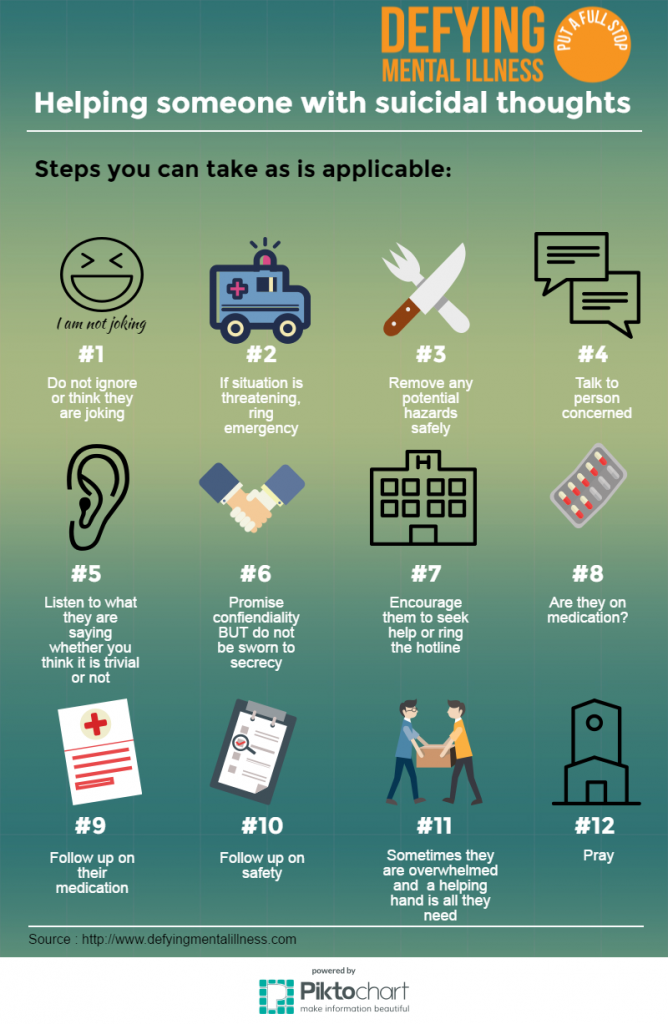What Is The Gut Brain Connection
What Is The Gut Brain Connection
Blog Article
How Does Crisis Treatment Job?
The primary step in dilemma intervention involves making certain that the customer is safe. This can consist of examining for elements like agitation or accessibility to unsafe items.
The next step includes discovering more about the client's present issues. This is usually done through active listening and empathy. This can assist the situation -responder figure out exactly how the circumstance rose to a situation.
De-escalation
Many factors can trigger somebody to go into a state of situation. These variables might involve a loss of control, lack of resources or feelings of worry and anxiety. Typically, people who are in a state of dilemma require prompt assistance and assistance.
To de-escalate a dilemma scenario, the first step is to ensure that the client is safe and secure. This can include getting them into a mental health and wellness center or other treatment program. It may likewise include supplying help and solutions, such as sanctuary and food.
As soon as the customer is securely in a secure setting, the situation treatment employee can start assessing their emotions and needs. This involves evaluating the precipitating event, the client's perceptions of the meaning and factor of the case, and the quantity of subjective distress. This details will certainly aid the situation treatment employee establish an action plan to reduce distress and enhance working. They may also ask the client to suggest healthy and balanced or flexible cognitions concerning their existing scenario.
Relationship structure
Connection is a soft skill that helps you build trust and establish two-way communication. It is also a vital part of structure partnerships at the office. It's a needed skill for all team members, but it's especially vital for customer-facing specialists and individuals in leadership positions.
Rapport structure entails producing a risk-free, nonjudgmental space where clients can review find a therapist their sensations and share their experiences. It concentrates on empathy, validation and sensible advice. It likewise aims to empower customers by giving info regarding local resources and solutions, such as situation counseling or walk-in centers.
Some customers hesitate to discuss sensitive or individual subjects, so it is essential to take their lead. It is also advisable to ask inquiries that are clear and succinct. By doing this, clients will certainly comprehend what is being said and can really feel comfy sharing their thoughts and feelings. It's additionally valuable to recommend clients regarding quality analysis product that can help them handle their crises.
Analytic
The analytical process aids people recognize troubles and make plans to address them. It is an essential part of dilemma intervention. This procedure includes assessing lethality, establishing relationship, and talking about the crisis scenario. It likewise includes energetic listening and empathy. This sort of paying attention is an important step in the situation intervention procedure since it requires you to place the client and their sensations first. It additionally motivates you to get rid of any type of prejudices and judgment that might get in the way of developing a trusting partnership.
It is essential to review the customer's perception and analysis of the event that caused the crisis. The situation worker need to function to identify and attend to cognitive errors and assist the client establish a more flexible frame of reference. This might involve going over positive coping methods, which can be useful in minimizing the level of distress. It can likewise entail checking out different coping techniques that the customer may have attempted.
Follow-up
During this action, the crisis treatment employee assists customers identify their sources and support systems. They likewise encourage the client to make use of adaptive coping approaches. They also reframe their negative attitude patterns and help them develop sensible frames of reference for the circumstance.
In this action, the crisis employee validates the client's feelings and experiences and reassures them that they will certainly improve. This step additionally includes establishing a genuine positive regard for the customer and showing that they appreciate them.
It is necessary for the client to really feel secure and comfortable. To attain this, the crisis counselor have to show empathy and energetic listening skills. Then, they need to help the client determine any kind of triggers for suicidal ideas. Finally, they need to give a follow-up plan to stop self-destruction and offer references if necessary. To execute this version, counselors need a recording solution that enables them to make note quickly and effectively. This allows them to focus on their customer's needs instead of browsing a complicated documents system.